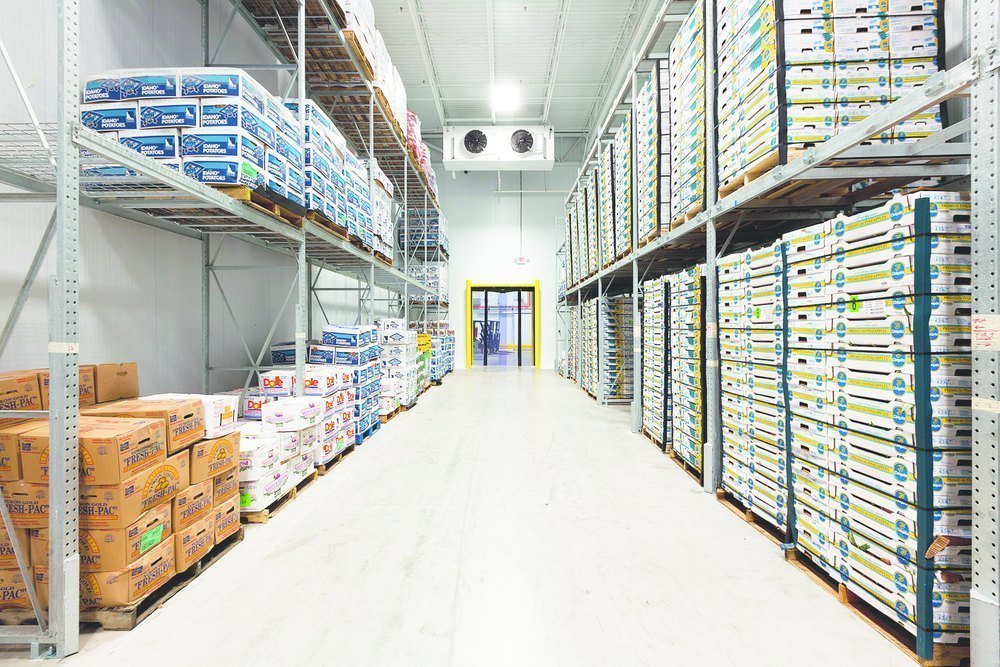Owing to the transformation of cold storage from conventional to modern, the nation’s cold chain sector is likely to record over 20 percent CAGR by 2025, says a report by JLL.
The commercial real estate company believes that the Cold Chain sector in the coming years might see an addition of 1.5 lakh to 2 lakh pallet capacity (frozen and chilled) as part of temperature-controlled storage space.
It says that along with Tier-I cities, Tier-II cities including Lucknow, Kanpur, Ranchi, Patna, Bhubaneswar Goa, Aurangabad, Ahmedabad, Kochi, and Coimbatore are expected to reshape the segment.
Despite the COVID-19 led disruptions, the organised cold chain segment has shown exemplary performance and marked growth in the country-wide footprint.
Moving forward, there is a huge opportunity for organised cold storage / palettised cold storage in Tier-I cities like Mumbai, Delhi NCR, Bengaluru Chennai, Pune, Kolkata, Hyderabad as well as Tier-II cities like Lucknow, Kanpur, Ranchi. Patna, Bhubaneswar, Goa, Aurangabad, Ahmedabad, Kochi, and Coimbatore, believes JLL.
“Automation in the logistics sector will only become more pronounced in the coming years and we see innovation in the multimodal and cold supply chain as catalysts for new segments of demand. Both from the equity and lending community, the appetite for the yield in the industrial sector is likely to further drive the investor demand for cold chain facilities.”
Yogesh Shevade, Head – Industrial Services, JLL, India
“The rationale behind the expansion is primarily driven by capturing higher market share by organized cold chain operators, changing consumer behavior for quality products, and securing supply reliability in a pandemic-like situation,” he added.
Although India has seen consistent growth in the production of perishables, the cold chain sectors’ potential remains unknown as a high share of storage is consumed by a single commodity, and the investment in land and refer units in the nation are skyrocket.
India’s 60 percent of cold storage capacity is concentrated in the states of West Bengal, Uttar Pradesh, and Bihar, out of which storage of potatoes accounts for 85-90 percent of the capacity.
Also, there is a lack of necessary enabling infrastructure, inadequate awareness for handling perishable goods, and lapses in service by storage and transportation providers leading to inferior quality goods, which have impacted demand.
However, for transporting and storing temperature-sensitive products, reefer storage has become an integral part of the cool supply chain.
The organised retail and foodservice industries to meet the changing consumption patterns have now emerged as new cold chain segments. The consumer’s expectation of getting fresh and quality perishables has led to the rising in cold chain infrastructure.
Due to the critical nature of the Indian food processing industry, the government of India has also vigorously put its focus on cool chain development, which has indeed given a boost to the sector’s infrastructure and also reduced wastage in the supply chain.
Apart from perishables, the cold chain also works as the backbone of the Pharmaceutical Industry, which is highly susceptible to temperature and time requirements. India which caters to over 50 percent of global demand for various vaccines, 40 percent of generic drugs demand in the USA, and 25 percent of all medicines in the UK, is expected to see rapid growth by 2025, the report said.
To cater to the growing demand for the nation’s perishable and pharma products, there is a dire need to upgrade the nation’s cold Chain infrastructure.
And, in line with the same, initiatives including Scheme for Cold Chain & Value Addition Infrastructure, Pradhan Mantri Kisan Sampada Yojana (PMKSY), and Backward & Forward Linkages by the government of India have encouraged more investments into the country’s cold chain segment.
Global and domestic investors that are new to the cold chains but versed in supply chain asset investments are beginning to show interest in the sector. Rising demand from the market and the adoption of cost-cutting technological advancements have caused profit margins in the cold chains logistics industry to expand over the past five years.
SOURCE: logisticsinsider.in






